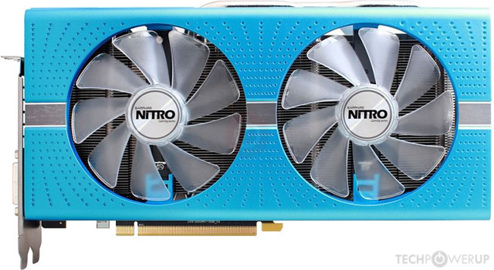Go to this link: https://www.techpowerup.com/download/nvidia-nvflash/
Click on "Show more versions" on the left and scroll down until you reach 2011.
Thanks. I see the 2011 version and will give it a try tomorrow.
What about instruction / tutorial for that version?
This is to flash a stock GTS450 BIOS into a Fake GTX 1050ti based on a hacked/modded 1M GTS450 card...
I've got my existing BIOS saved and a couple stock BIOSes to try - where can I find the proper commands to use for that 2011 version of nvflash?
Oh, and that instruction / tutorial includes whatever I need to do to avoid having a problem with the other even older Nvidia graphics card I have in the system... -thanks.






